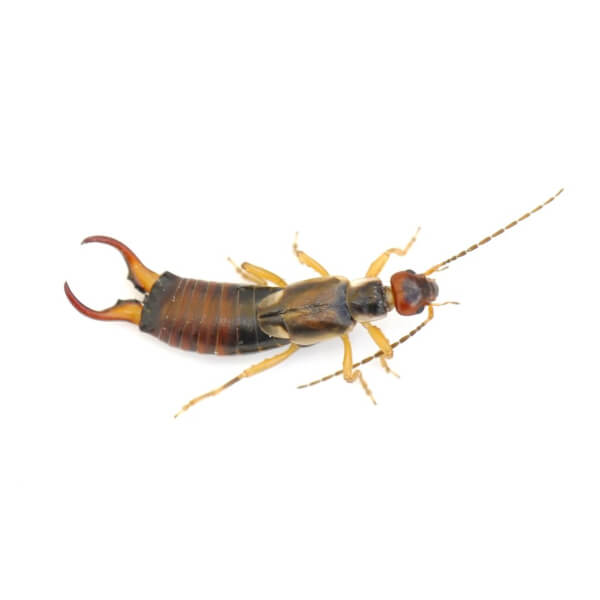
Many people move to Florida because of the state’s natural beauty. However, the state is also attractive to a number of non-native species, and when they move in, these creatures can cause problems for homeowners. The invaders prosper without their usual predators around to keep them in check, and often wind up gobbling up native species in droves, with the easy food sources helping them to increase their numbers even further. This takes a toll on the local ecosystem and is a vexing problem for homeowners who would prefer to see nature more balanced.
With that in mind, here are some examples of non-native pests that have made their way to Florida and what you should do if you see any of these invaders.
Yellow Banded Millipedes
You may not think of millipedes as an invasive species, because there are types of millipedes that are native to our state. Native millipedes can vary in color from all black to brown and red tones along the body. These millipedes are quite harmless and appear all over Florida, especially in cold and damp areas.
Yellow banded millipedes, however, first started showing up in Key West about ten years ago. Experts think that they came along with plants or visitors from South America. While they are also harmless, they can become very annoying if they build up in large numbers around your property or get into the home.
Yellow banded millipedes look much like the regular millipedes that you may be used to seeing, but they can be distinguished by the yellow bands that go around the body. They need lots of moisture to survive, so if they make their way into your home, you will likely see them shriveled up and dying due to lack of moisture. There may be an unpleasant odor along with the millipedes, so you may want to avoid touching them.
In order to avoid seeing millipedes in the home, the best thing homeowners can do is to ensure all of the pathways into the home are sealed tightly. Homeowners can seal the areas around windows and doors, fill any cracks in the roof or foundation, and try to keep doors to the home closed whenever they aren’t in use.
Earwigs
Earwigs have been in the US for long enough that you may think they are a native pest, but that’s not always the case. Most earwigs are native to Europe and Asia, and were first brought to North America in the early 1900s. Only one type of earwig, the spine tailed, earwig, is native to this part of the world. However in the Southern parts of the US, there are now five types of the pest that are abundant.
Since multiple types of earwigs exist and they do not always get along, which is why earwigs have a pair of pincers on their body. They use these pincers to defend themselves against other types of earwigs. If you see earwigs around your home, you may worry that they will try to get into your ear to burrow and live. This is nothing more than an old wives tale which has remained popular for decades. Earwigs like cool, dark places, but they are not known to harm humans in any way.
The pest control experts at Bug Out have been serving homeowners in the greater Jacksonville, FL area and beyond for more than 50 years. If you have seen non-native pests on your property, we are standing by to assist. For details on our pest control services or to set up an appointment, please call Bug Out today.





